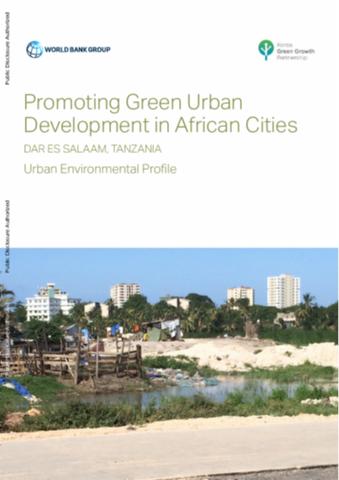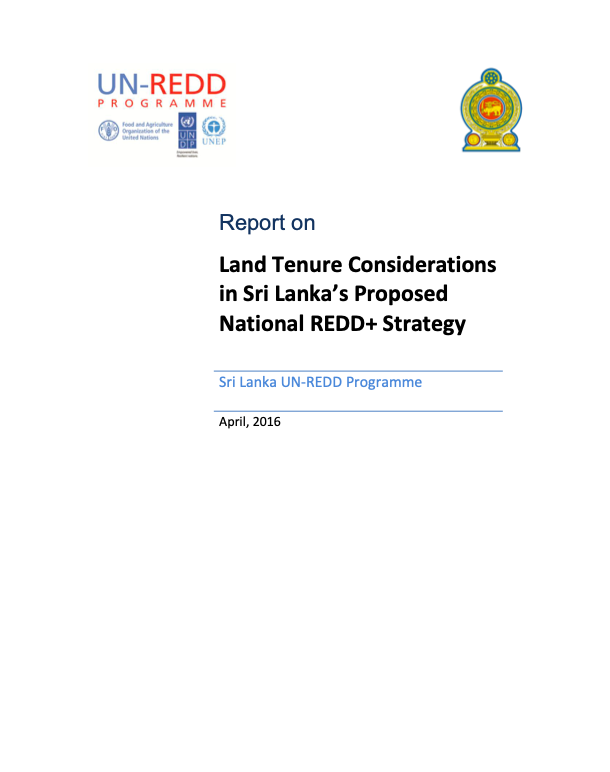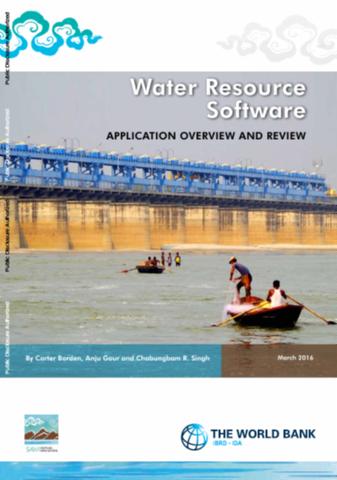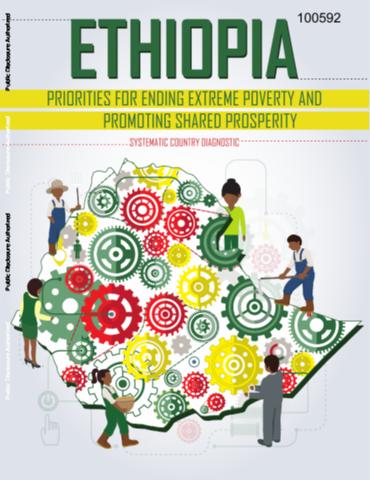The Integrated Urban Development Strategy for Ploiesti Growth Pole 2014-2020
In 2012, the World Bank signed five
agreements with MRDPA for advisory services, out of which
one relates to the growth poles policy and to its
improvement for the programming period 2014-2020. This
agreement has three components: 1) an analysis of the growth
poles policy, 2) energy efficiency studies for each growth
pole; and 3) a review of the Integrated Development Plans
prepared by the growth poles for the period 2007-2013. In







